The content of the article
Create a comfortable climate at home is not enough, you need to be useful for the body. To do this, it is important to consider not only the optimal temperature conditions, but also to pay attention to the humidity of the air. In urban conditions it is rather difficult to maintain this parameter in a natural way, since household appliances, insufficient ventilation, climatic features of the region and a number of other factors contribute to the desiccation of air.
To correct this situation, you can install a humidifier. This will help to breathe easier, that is, there will be no feeling of dryness in the airways, as well as a decrease in the concentration of flying dust.Sufficient moisture improves not only the condition of the person in the room, but also contributes to good plant growth, prevents the drying of furniture and some decorative elements. Naturally, the priority goal of the humidifier is to create a comfortable and safe climate. Various modifications of devices that differ in functionality, practicality and cost can help.
Types of humidifiers
The range of devices for home air humidification is wide enough, as manufacturers strive to meet the needs of almost any consumer who wants to ensure a comfortable stay in the room. The classification of devices occurs according to the principle of operation and some additional functions. The following types of devices can be distinguished:
- Cold air humidifiers or classic partial climate control devices;
- Hot steam humidifiers or appliances that form the indoor microclimate by boiling the liquid;
- Ultrasonic humidifiers or equipment operating through the formation of fine particles;
- Humidifiers with ionizers or devices, not only for a useful climate, but also safe with respect to the presence of bacteria, dust.
The above types of devices can be equipped with additional functions, used not only for the purpose of moistening, but have a number of positive properties, as well as some disadvantages when used.
Cold air humidifiers
The founder of such devices is a simple container filled with water. It is placed indoors and there is a gradual natural evaporation. This principle has been improved and as a result, devices appeared, the package of which may include a special pan, evaporating and filtering elements, a fan. The air is forcedly forced through the evaporator, soaked with water, and passing through it, as well as the filter cartridge, enters the room again. Products directly impregnated with water can be different, starting from paper surfaces and ending with rotating plates, which directly affects productivity and cost.
If the room is wet enough, the evaporation process slows down,and the device naturally goes into standby mode. This process is not accompanied by either electronics or sensors, and this has a positive effect on the price. During the operation period, the filters should be changed systematically, try to use distilled water to reduce the pollution of all elements.
Hot steam humidifiers
The principle of operation is based on reaching a temperature closer to boiling water and the spread of steam in the room. To prevent the room from turning into a steam room, a device may have a hygrostat, which detects moisture levels, warns of overheating, and turns off the system. There are models that work until the water runs out in the tank. The device is quite functional, but not recommended in families where there are small children, as there is a risk of getting burns. They should be located far away from animals, as their curiosity can also lead to injuries.
If the safety measures are properly followed, the equipment can be useful not only for the climate, but also for treatment purposes, namely, for inhalation. In some models, they immediately come bundled.There are conflicting opinions regarding energy consumption, since during the uninterrupted work period there is a high consumption of electricity, but such evaporation rate is required in rare cases. The work of a steam humidifier is sometimes compared with a kettle and the same analogy can be drawn regarding energy consumption.
1) cold steam air humidifiers 2) hot steam 3) ultrasonic humidifiers 4) with ionizers
Ultrasonic Air Humidifiers
Those who prefer modern technology, usually set their choice on ultrasonic type humidifiers. The principle of operation of the humidifier is based on the generation of a special plate of vibrations that break the liquid into the smallest fractions. Figuratively, this whole process can be compared with controlled formation of fog. Visually, it seems that steam is released from the device, but only it is cold.
Manufacturers are trying to make the equipment as functional and convenient to use as possible; therefore, they supply the devices with hygrostats, practical displays for controlling and fixing the desired humidity.One of the conditions for the use of such ultrasonic devices is pouring only distilled water into the tank, otherwise there is a chance that all the impurities in the liquid along with the water molecules will move the fan to the walls and furniture. Modern models can be equipped with a special filter to eliminate such situations.
Quality and practicality is reflected in the cost of ultrasonic humidifiers. Although, on the other hand, it is compensated for by functionality, security and a long continuous lifespan.
Air humidifiers with ionizers
Equipment with an ionizer is separated into a special category, as it relates more to wellness devices than to moisturizers. This is due to the specifics of the work of these systems, which imply not only a high-quality supply of air molecules with water molecules, but also the removal of suspended particles and even bacteria. All this is due to ions having a negative charge. The presence of these particles can facilitate breathing and increase the supply of oxygen to the tissues, due to a certain stimulation of blood saturation.
Air enrichment with ions helps to breathe easier and to some extent helps fight viruses and infections.Understanding the need for additional ionization, manufacturers produce models of the combined type, where they simultaneously undergo air humidification, purification and enrichment with electrically charged atoms.
What to look for when choosing a humidifier
Since the equipment for creating climate is quite diverse, when choosing it, many questions may arise. To solve them, one should clearly understand what priority objectives are pursued and how useful air is important at home. It is also important the purpose of the room, for example, for the bedroom it is better to choose a model with a minimum noise level, under which steam humidifiers do not always fit, for they are able to handle a large area. For children's facilities should pay attention to the devices with high security, to avoid unpleasant situations. Since the mucous membrane of the child is susceptible to various air parameters, the immature immunity is not yet able to fight infections, it is better to install an ultrasonic humidifier in the room, which provides additional ionization. To know what device to buy, you need to pay attention to the main characteristics:
- The principle of operation, methods of regulating moisture;
- Productivity and the necessary provision of a power source for work (electricity, battery);
- Security;
- Additional functions, including the presence of special filters, ionizer, options for controlling the device;
Already, on the basis of these requirements, the cost will also be formed, which for each manufacturer of an almost identical model may differ. If you want to simultaneously carry out all sorts of procedures with the air, so that it becomes absolutely safe for health and even has a positive effect on your well-being, then you need to purchase a climate system. The system moisturizes, disinfects, cleans, ionizes the air and, if necessary, flavors it.
What humidity should be in the apartment
Just a feeling of discomfort when in the room is not enough to determine the humidity of the air. To do this, it is advisable to purchase a hygrometer to obtain accurate parameters, since a number of popular methods only state the problem, but do not provide accurate data. There are regulatory indicators of the saturation of space with particles of water, they range from 40-60%, it all depends on the purpose of the room.For example, in rooms for rest humidity is desirable a little more than in the kitchen or in the office.
Indicators of optimal humidity do not differ much depending on the period, whether it will be winter or summer. The process of enrichment with water molecules is simply more difficult in the winter, which is explained by constant heating and the inability to often ventilate the room. In the summer, there are also certain features, in particular, the operation of the air conditioner, as some modifications additionally dry the space.
In the conditions of the city, being in a confined space at work, educational institutions I want to come home and really feel comfortable and a properly created microclimate will help in this. To do this, it is enough to choose auxiliary devices, including a humidifier, and you can enjoy the pleasant and useful air with your loved ones.
Video: how to choose a humidifier

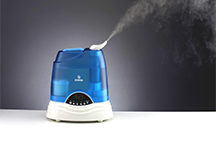
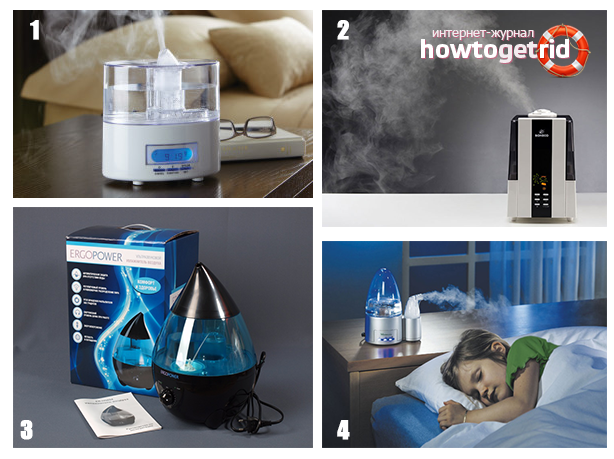

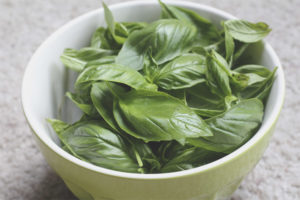

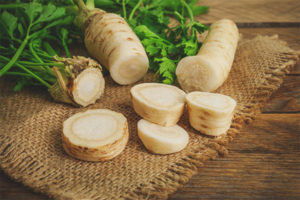
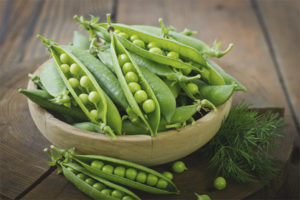

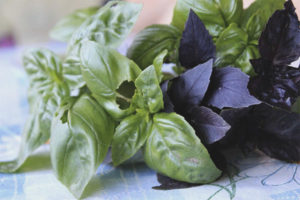
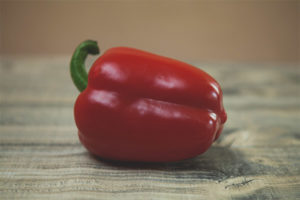
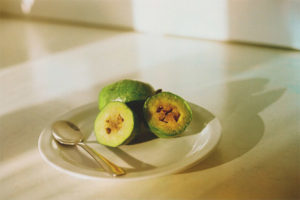
To send